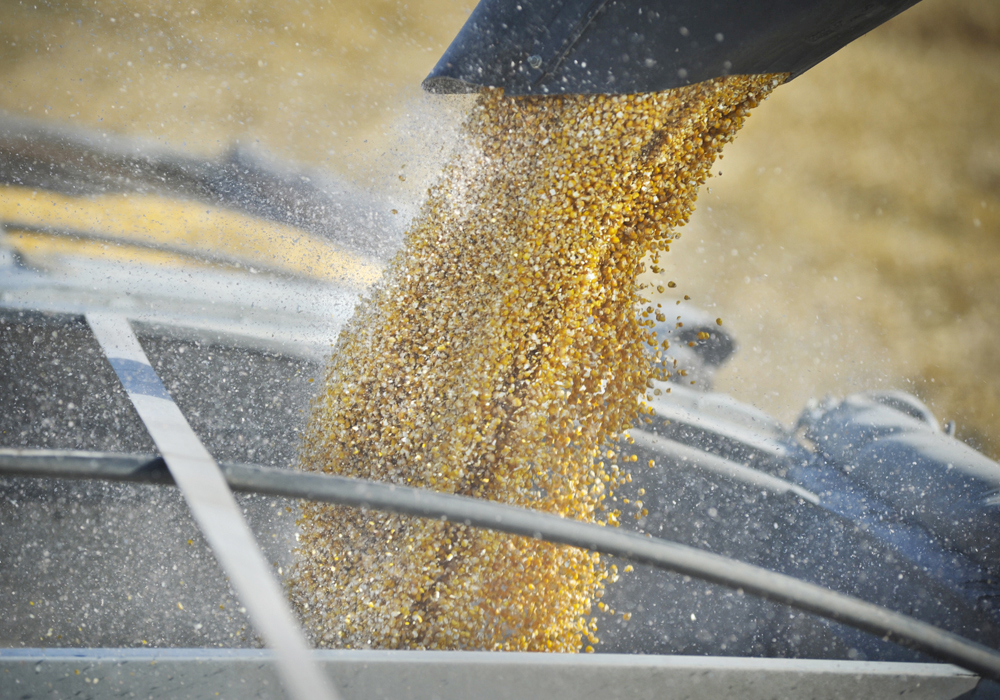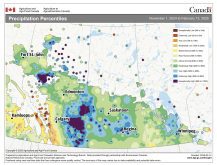What happens when you’ve got debts to pay, you need income to support your family and every year is a hand-to-mouth experience?
You sell your crops right after harvesting so that you know you can cover those debts, support your family and survive for another year. You think you can’t afford to gamble with losses to bugs and spoilage or future crop price changes.
That’s the theme of a story about African corn growers in this week’s paper on page 16, and it’s a good reminder that we shouldn’t take for granted the array of price and financial risk management farmers in this advanced country counted on for decades.
Read Also

Volatile temperatures expected for this winter
DTN is forecasting a lot of temperature variability in the Canadian Prairies this winter. Precipitation should be close to average.
Farmers in Canada have a great deal of choice over how and when they’re going to sell their crops. It might often seem to be a set of bad choices or risky choices, but a farmer here can actually have a marketing plan based upon financial and market analysis.
Cash advances help alleviate harvest time cash anxiety, which is when the revenues on most farms are running low and debt repayments are looming.
Forward sales made the previous winter, at seeding or during the summer, help most farmers have enough crop moving in October and November that they aren’t in imminent danger of running out of cash. They can sit on the rest of the crop, marketing it as they choose.
Various forms of farm finance help flatten the yearly cycle of cash-poor and cash-rich times, allowing farmers to manage their farms as businesses rather than leaky lifeboats.
For many small African farmers, each year is a separate entity, as is their ability to survive for another one. There’s little to even out the ups and downs.
Canadian farms are profoundly affected by the yearly crop cycle too, but the financial safety nets allow farmers to think beyond that year’s crop. There might be ups and downs on the road, but at least there’s a road.
The ability to flatten the yearly cycle allows for longer investment horizons, in which farmers can invest in long-term assets, often involving long-term debt. That’s how Canadian agriculture has been built.
However, most farmers in the developing world struggle to do anything beyond cash-in-hand investing. Credit isn’t available to small farmers. Few can save enough money to afford anything but small and simple machinery.
In many developing countries, large commercial farms do develop, but the process is often mucky and rife with social strife, as small, weak farmers feel forced out by the commercial farmers. The result is often corruption, poverty and civil war. Similar stresses have always existed in Canadian agriculture, but smaller farmers have had a better chance to compete and a more orderly process by which they can figure out if they can or wish to remain and expand or liquidate and leave. Our programs and institutions are far from perfect, but they at least give producers a chance to think things through, to plan, or at least to try.
This is a huge part of why Canada’s farm economy has evolved into a world-leading export industry, while many developing world farmers are fated to struggle along year to year just to meet their own needs, and seldom enough for the rest of their nations.
This column is similar in spirit to last week’s column, in which I encouraged farmers to not take for granted the political stability and organic development, regardless of its contradictions, that has allowed Canadian agriculture to develop.
We should also value the system we farm in, one that allows agriculture to develop and sort itself out in a less desperate situation than millions of farmers face elsewhere.
















